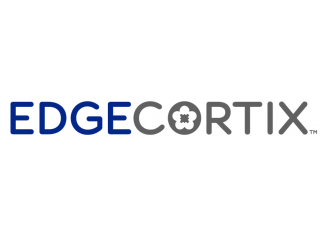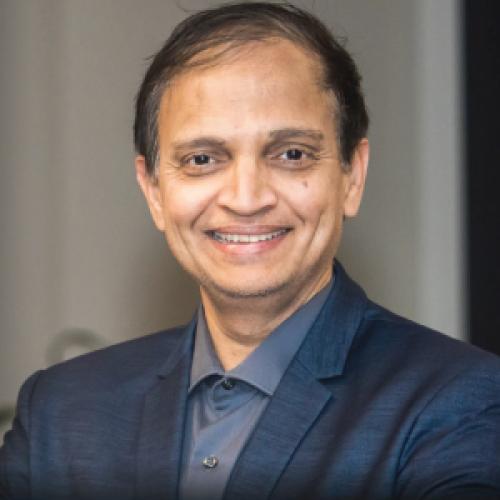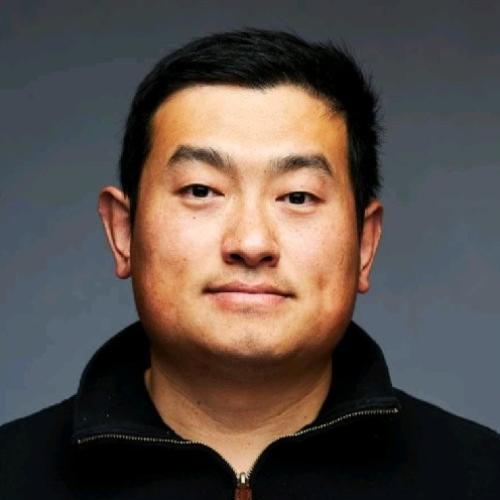
Sakyasingha Dasgupta
Sakya is the founder and Chief Executive officer of EdgeCortix. He is an artificial intelligence (AI) and machine learning technologist, entrepreneur, and engineer with over a decade of experience in taking cutting edge AI research from ideation stage to scalable products, across different industry verticals. He has lead teams at global companies like Microsoft and IBM Research / IBM Japan, along with national research labs like RIKEN Japan and the Max Planck Institute Germany. Previously, he helped establish and lead the technology division at lean startups in Japan and Singapore, in semiconductor technology, robotics and Fintech sectors. Sakya is the inventor of over 20 patents and has published widely on machine learning and AI with over 1,000 citations.
Sakya holds a PhD. in Physics of Complex Systems from the Max Planck Institute in Germany, along with Masters in Artificial Intelligence from The University of Edinburgh and a Bachelors of Computer Engineering. Prior to founding EdgeCortix he completed his entrepreneurship studies from the MIT Sloan School of Management.
EdgeCortix
Website: https://www.edgecortix.com/
EdgeCortix is a fabless semiconductor design company focused on enabling energy-efficient edge intelligence. Founded in 2019 with the radical idea of taking a software first approach, while designing an artificial intelligence specific runtime reconfigurable processor from the ground up using a technique called “hardware & software co-exploration”. Targeting advanced computer vision applications first, using proprietary hardware and software IP on existing processors like Field Programmable Gate arrays (FPGAs) and custom designed Application Specific Integrated Circuits (ASICs), the company is geared towards positively disrupting the rapidly growing AI hardware space across defense, aerospace, smart cities, industry 4.0, autonomous vehicles and robotics.










